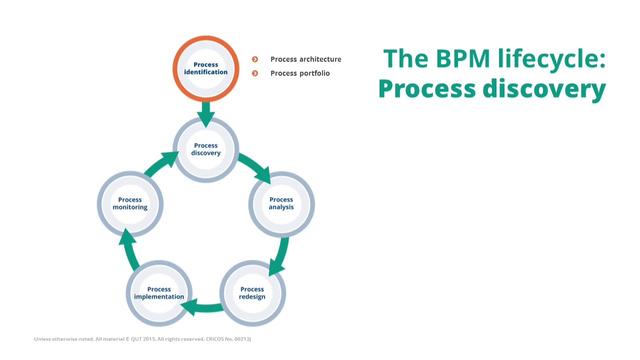Content
The whole life cycle design means that designing a product is not only designing the function and structure of the product, but also designing the planning, design, production, distribution, operation, use, and maintenance of the product The whole life cycle process of maintenance, until recycling and disposal.

The most important feature of the whole life cycle design is its integration, which requires the division of labor and collaboration among staff in various departments, so their work locations are destined to be scattered, especially when computer technology has been fully utilized in traditional industries. When the design comes in, each worker has his own workstation or terminal. Therefore, the distributed environment is an important feature of the whole life cycle design. The whole life cycle design is always oriented to environmental resources (including manufacturing resources, use environment, etc.). All its activities are to make the manufactured products "one-time successful" and reach the best under the local resource environment. Without unnecessary rework. In the design process, not only the basic design characteristics such as product function and modeling complexity must be considered, but also the manufacturability of product design must be considered.
The key problem of life cycle design is to establish a unified, expandable product model that can express incomplete information for the product life cycle. The product model can automatically follow the product development process. Expand and automatically map from the design model to models for different purposes, such as manufacturability evaluation model, cost estimation model, assemblability model, maintainability model, etc. At the same time, the product model should be able to fully express and evaluate related to the product life cycle The performance index of the product; the user-oriented life cycle product intelligent modeling strategy, and the development of the corresponding computer-assisted intelligent navigation product modeling framework system, including the product’s entire process simulation and performance evaluation model, and the life cycle-oriented generalized constraint model ; The expression model of compound knowledge and its evolution strategy. The whole life cycle design involves a large amount of non-numerical knowledge. The existing simple numerical methods cannot well reflect the essence of non-numerical knowledge, which not only causes the distortion of the model, but also makes the model Not easy to be understood by users. Solving the expression and evolution of mixed numerical and non-numerical knowledge has become the key to the whole process of product optimization.
